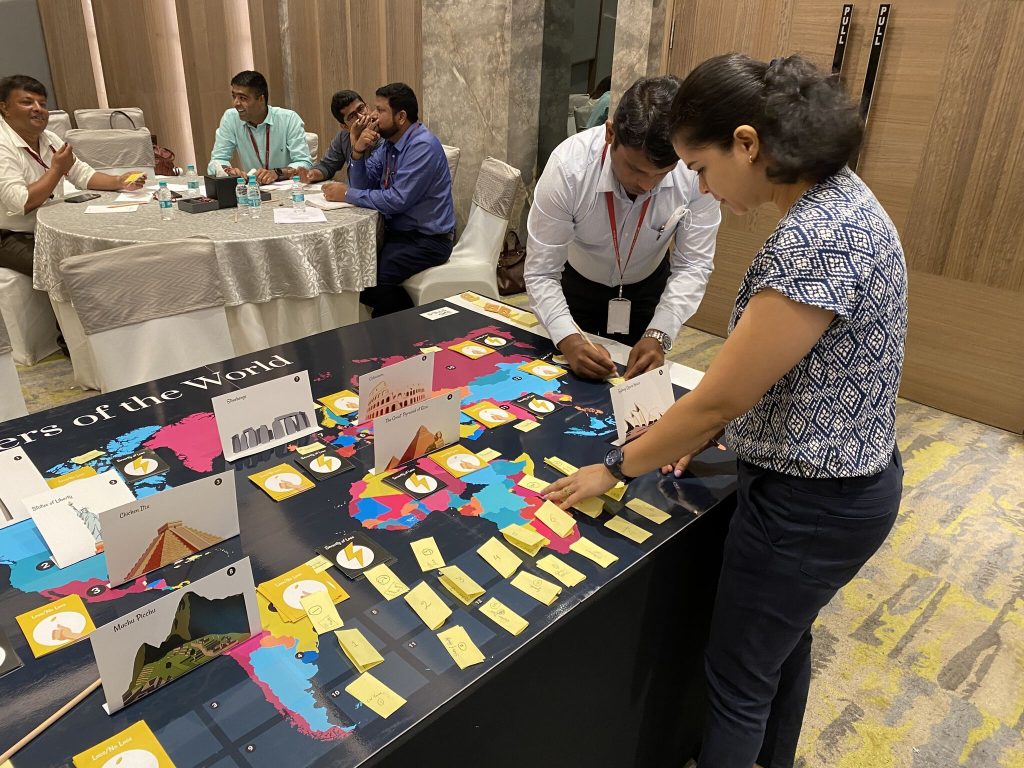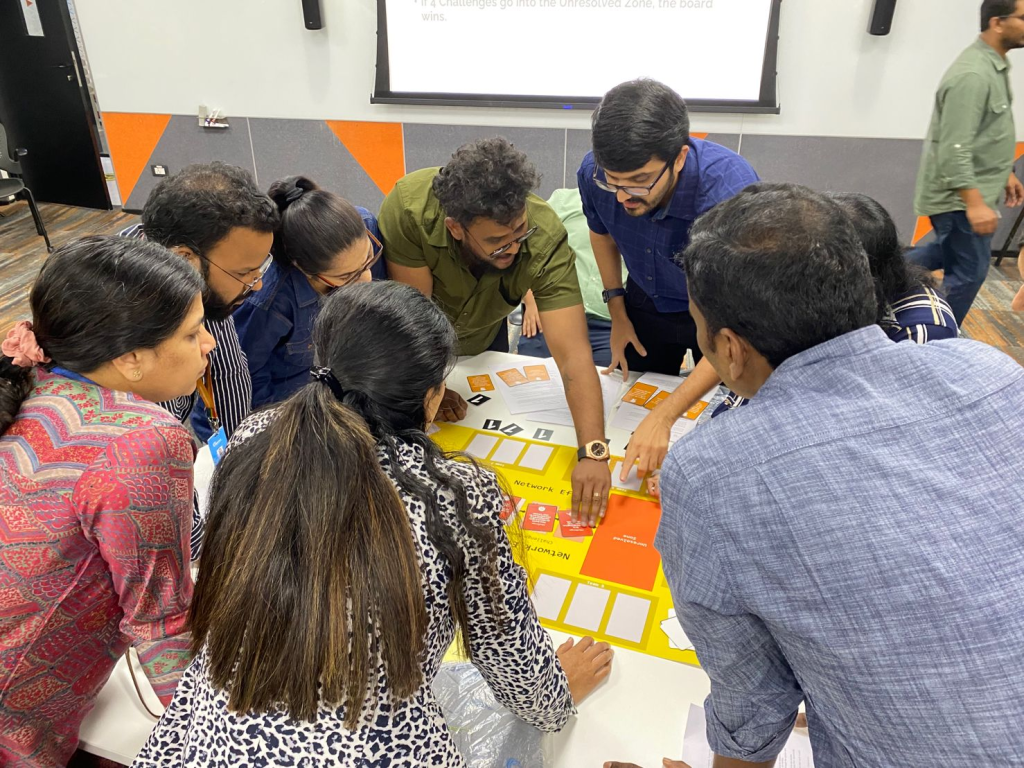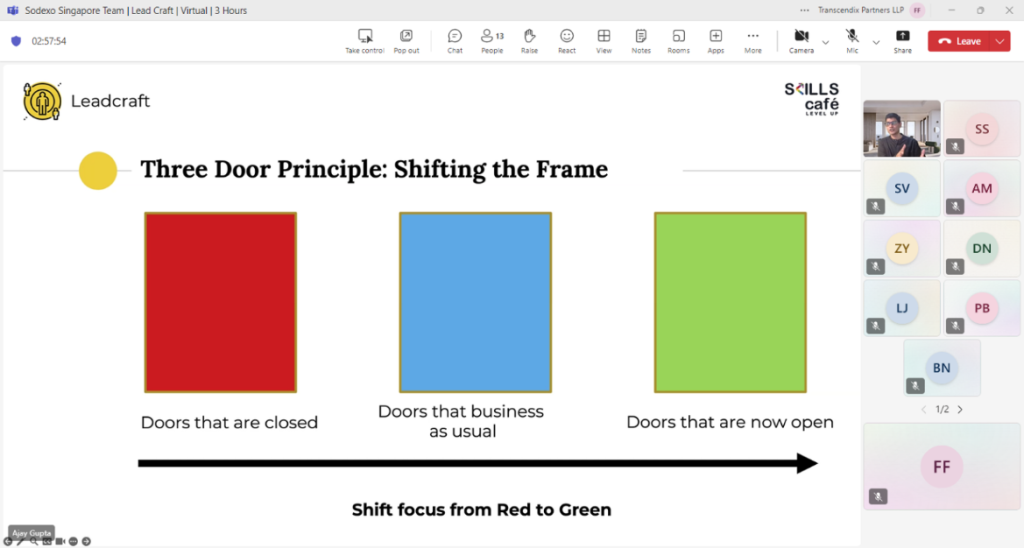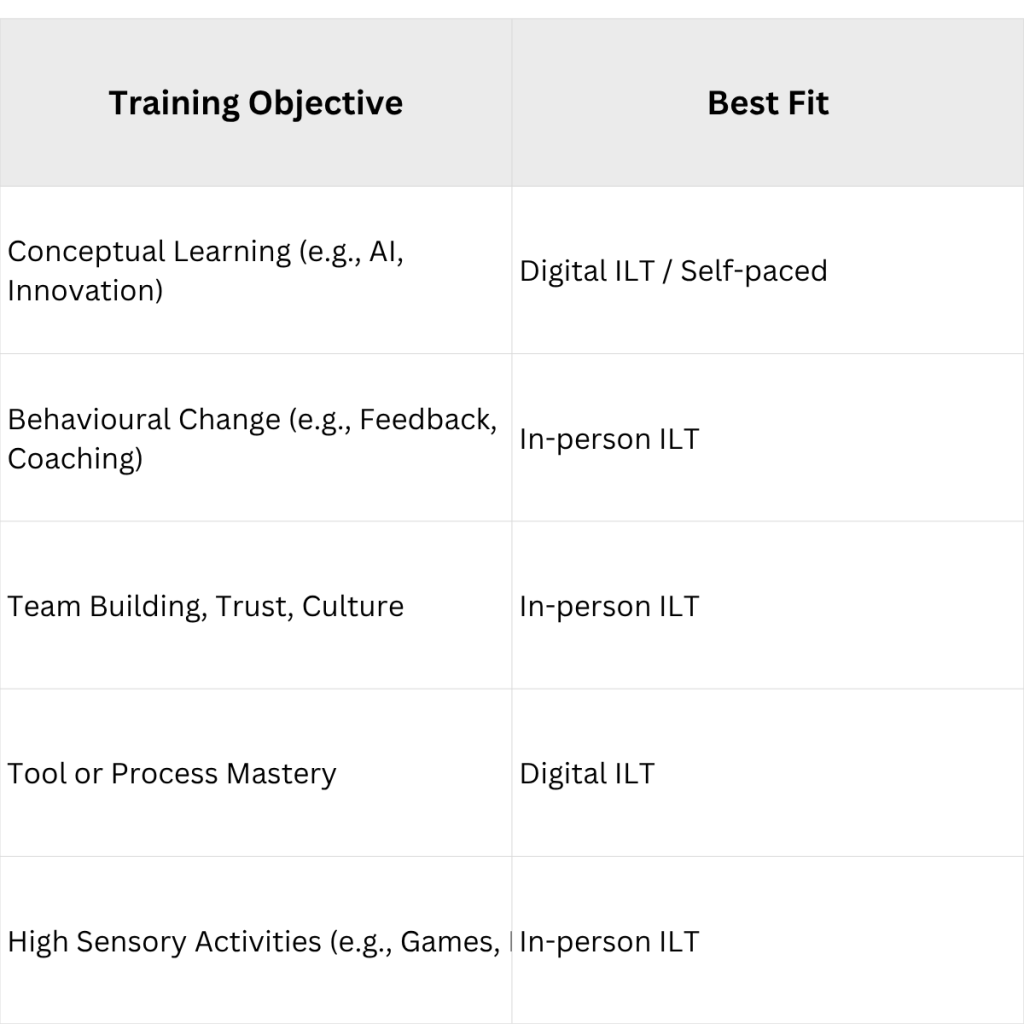We live in a digital-first world where every aspect of our personal and professional lives is shaped by technology. This shift has reshaped how workplaces function — moving from primarily in-person models to more flexible, hybrid ways of working. Teams now collaborate across locations, time zones, and devices. As work becomes more distributed, learning strategies have evolved alongside it too. eLearning, virtual training sessions, and AI-powered platforms are now a key part of corporate Learning & Development (L&D).
But as digital tools get more embedded in our flow of work and SaaS platforms become our learning agents and coaches, a fundamental question continues to surface for L&D teams:
Does Instructor-Led Training (ILT) matter today?
Adding the Human Layer to Learning
Self-serve models have been gaining momentum with the ubiquity of technology— empowering users with greater control, autonomy, and instant access. This trend has transferred into the corporate L&D space too with self-paced eLearning modules becoming essential. They offer convenience, accessibility, and scale, delivering real value in today’s fast-moving world.
Yet, amid all this efficiency, there’s a growing need to reintroduce the human layer — for deeper engagement, contextual understanding, and connection.
This is where ILT plays a critical role.
An instructor/ facilitator brings structure, real-time feedback, and guided reflection. It allows space for dialogue, questions, and shared experiences. ILT doesn’t necessarily replace digital — it amplifies it. It helps learners connect the dots, apply concepts, and build critical skills with confidence.
What Makes In-Person Learning Uniquely Effective
When delivered physically, using an in-person format, ILT creates an immersive and collaborative learning experience that’s often hard to replicate in self-paced eLearning formats. Here are a few ways this in-person format enhances the learning experience:

- Peer-to-Peer Connection That Flows Naturally
When people learn together in the same room, conversations happen more freely. Informal chats during breaks, group reflections, and side discussions often surface fresh perspectives. These organic moments are harder to create in virtual formats, which tend to be more structured.
For those less comfortable speaking in virtual settings, in-person groups can feel safer and more inviting. A table discussion can prompt someone to share who might otherwise stay silent in a digital meeting.
- Real-Time Exchange with Facilitators and Content
In-person settings allow facilitators to read the room and adjust on the fly. Questions come up naturally, and facilitators can respond immediately. Learners also benefit from seeing and hearing others’ reactions in real time.
While digital ILT also enables facilitator interaction, it often relies on designated Q&A slots or typed chat, which may delay feedback. That said, digital tools support continued learning after the session, helping discussions carry on asynchronously — a key strength in a blended approach.
- The Role of the Physical Environment in Learning
A well-designed learning space supports engagement in ways that go beyond content. Movement, group activities, and use of space can make concepts more memorable. Simple activities like mapping ideas on walls or walking through case studies can bring energy and depth to the learning experience.
These kinds of spatial or tactile experiences are difficult to reproduce online, where movement and physical materials are limited.
- The Social Side of Learning
As more work happens remotely, in-person sessions offer a return to face-to-face interaction — where learners connect through shared experience, body language, and casual conversation.
This sense of community supports behavioral change, reflection, and emotional resonance. It doesn’t replace digital learning but complements it in moments where connection matters most.

Integrating ILT into a Modern Learning Strategy with VILT
Instructor-led training doesn’t always require a physical room to be effective. Digital or Virtual ILT (VILT), when designed well, supports the same goals of facilitator guidance, real-time feedback, and group learning — but in a more flexible and accessible format, especially relevant for global and remote teams.

Sessions can be spaced over time to reduce overload and maintain momentum. Tools like polls, whiteboards, and breakout rooms make virtual spaces highly interactive. Facilitators can join from anywhere, reducing costs and enabling broader program reach. These strategies don’t dilute the ILT experience—they amplify it. Let’s look at how these strategies come to life in virtual ILT environments:
- Broader Access and Inclusion
Digital ILT removes location constraints. Learners can join from different cities or countries, making training accessible to global or remote teams. This approach supports diversity in learning cohorts and enables broader program reach.
- Built-In Flexibility and Continuity
Virtual sessions can be spaced out over time, allowing learners to balance training with work responsibilities. Digital tools also support ongoing engagement through recorded sessions, shared documents, and online discussions.
- Efficient Use of Resources
Virtual ILT allows facilitators and experts to participate without travel. This lowers logistical costs and makes it easier to scale training across business units or regions.
- Integration with Digital Tools
Well-designed virtual classrooms use interactive tools like polls, whiteboards, breakout rooms, and chat. These features support participation and can make digital ILT just as engaging as in-person — but delivered differently.

We recently shared our insights in a blog post on 10 Ways to Modernize Instructor-Led Training (ILT), outlining ways to make ILT more relevant and impactful in today’s workplace.
Choosing the Right Format
Not all training requires the same format. Some topics are best delivered digitally; others benefit from the depth of in-person interaction. Here’s one way to think about it:

Whether in-person or virtual, when used intentionally, ILT creates space for reflection, deeper understanding, and real application — bringing the human element back into learning and making it truly stick.

